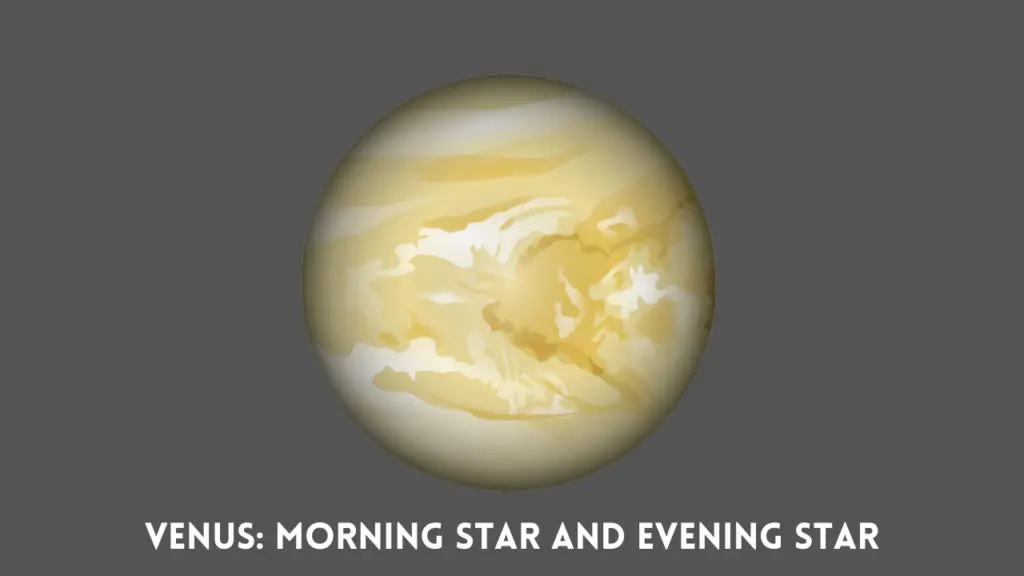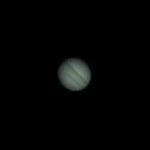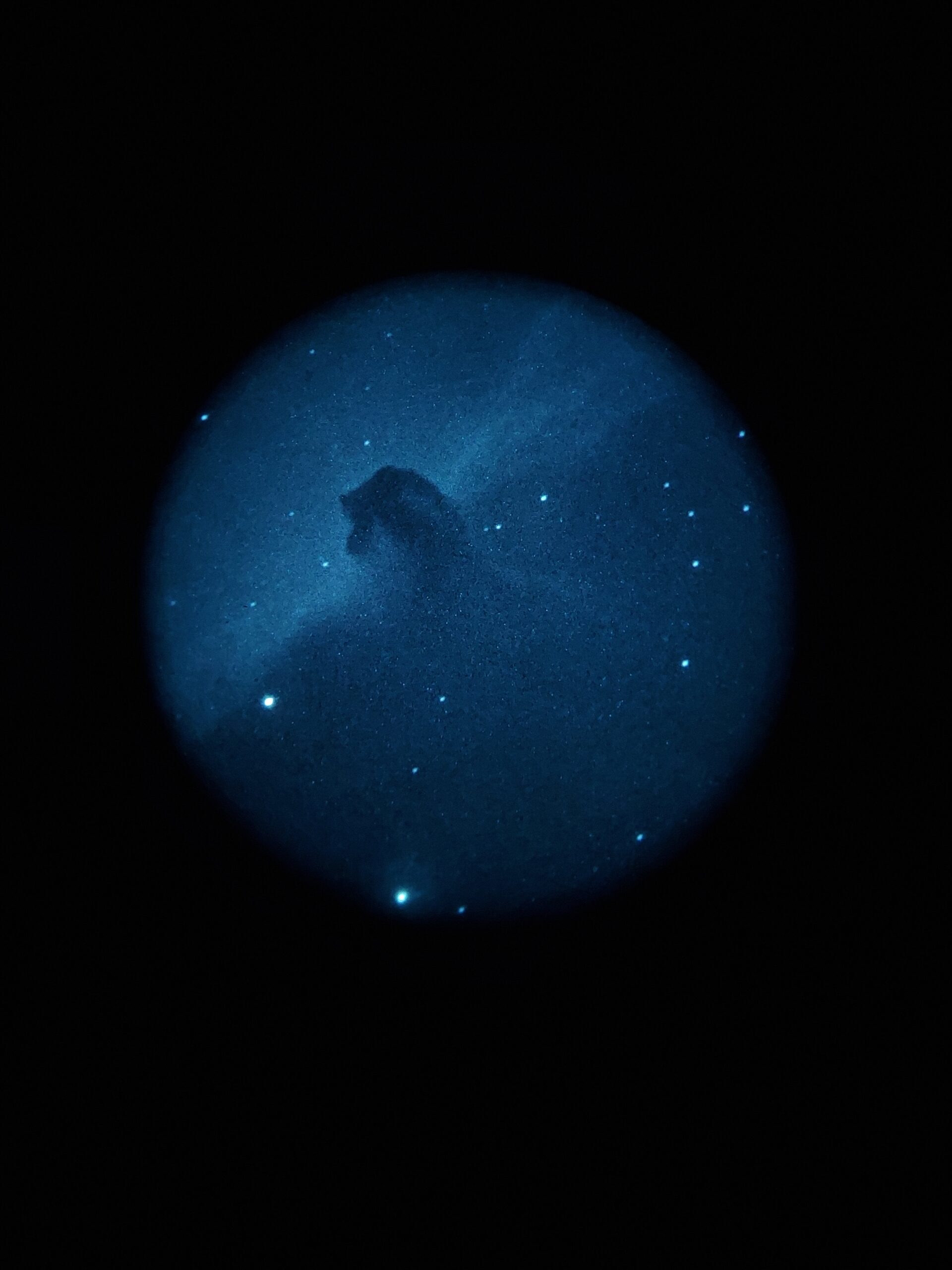Venus is the third brightest object in the sky, it is visible for much of the year and it is a great way to start exploring the sky.
Venus is visible without a telescope, but it can be difficult to identify. Venus rises and sets very close to the sun so it can be seen very early in the evening and right before sunrise. The planet will look like a very bright star, but it will give steady light instead of twinkling.
Locate Venus by finding the brightest star visible to you on a clear night. It should be relatively low to the horizon, since it orbits close to the sun and sets shortly after the sun.
Notice the light coming from the star, is it steady or twinkling? Venus does not twinkle.
If the position and the light is correct, there is a good chance you have found Venus.
You can check with an app like Star Safari which can be pointed at the sky and used as an interactive sky map.
Stars twinkle because they are producing their own light and it is traveling a very long way to reach us. Planets, on the other hand, are reflecting light from our sun and give a steady light.
There are five planets that are visible without a telescope, if you can identify them. The easiest way to identify the planets is with an app like StarSafari which acts like a responsive sky chart. You simply point your phone to the sky and it shows you the names of the visible objects.

How to Identify Venus without a Telescope
Venus orbits very close to the sun, so you will never see it high in the sky late at night. The position of Venus makes it easier to identify.
Venus is often called the Morning Star or the Evening Star because it is one of the first ‘stars’ to appear at dusk. This is a great time to identify Venus.
Venus will look just like a very bright star, but it will not twinkle. You may have never noticed this, but planets do not twinkle.
If you are unsure if you have found Venus, look for a few moments then compare it to another star. Is the light more steady? You have found a planet!
Sites like TheSkyLive.com give you the locations of the planets inside constellations. Learning the constellations is a great way to begin your astronomy journey! The constellations have been observed for many hundreds of years and they have guided our understanding of the seasons and the passage of time.
Learning the constellations is an incredibly powerful activity for your whole family. You will be surprised to see how fast your kids can start to identify things in the sky.
Observing the Phases of Venus
Venus goes through phases like the moon. These phases cannot be observed with the naked eye, but they can be observed with an inexpensive pair of binoculars.
Tracking the phases of Venus can give you an idea of the movement of the planets in relationship to one another and the sun.
It is thought that these phases were first observed by Galileo in the 1600s.
Observing these phases tell us about our position relative to the sun and Venus. Venus orbits around the sun, unlike the moon which is orbiting around the earth.
The illumination of Venus changes from our perspective, but its size also changes when observed from Earth. When Venus is fully illuminated when observed from Earth, it is also at its furthest distance from the earth.




